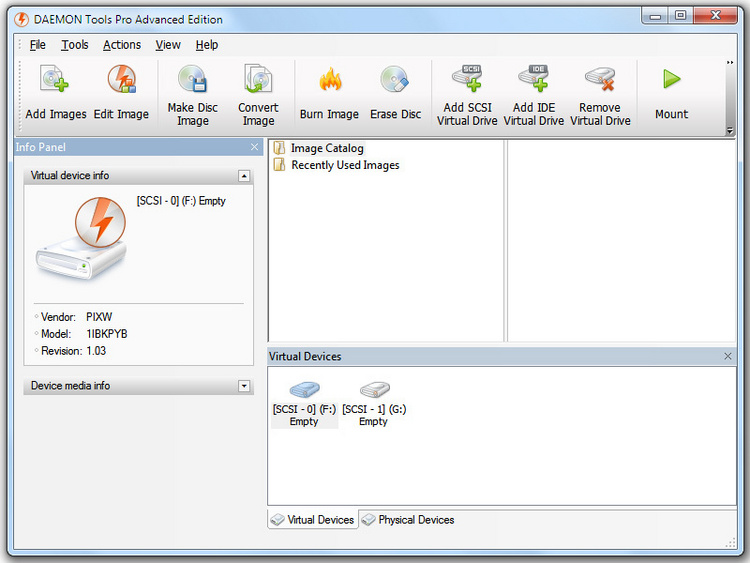

For example, there is no way to refer to the open files of another process, or their memory space it is as if those things do not even exist. Inside a process, the resources of other processes, and of the kernel, are invisible and not directly accessible (at least not to a thread which is executing user-space code). A process creates an environment for these threads of execution which looks like they have an entire machine all to themselves: it is a virtual machine. But the X service also responds to your every keystroke and mouse movement.Ī process is one or more threads of execution together with their shared set of resources, the most important of which are the address space and open file descriptors. It is a service because it responds to requests from applications (to create and manipulate windows, et cetera), which can even be elsewhere on the network. Another example is the X Window service, which is anything but in the background: it takes over your screen, keyboard and pointing device. A user application with a GUI could have a service built into it: for instance, a file-sharing application. For example, the NFS port mapping service is provided as a separate portmap service, which is implemented as the portmapd daemon.Ī service doesn't have to be a daemon, but usually is. The word daemon for denoting a background program is from the Unix culture it is not universal.Ī service is a program which responds to requests from other programs over some inter-process communication mechanism (usually over a network). It is detached from the keyboard and display of any interactive user. At a particular instant of time, it can be either running, sleeping, or zombie (completed process, but waiting for it's parent process to pick up the return value).Ī daemon is a background, non-interactive program. If you're wondering why *NIX has a command named service, it is just used to run init scripts (shorthand for initialization scriptrunlevel). Services - In Windows, daemons are called services. They perform certain actions at predefined times or in response to certain events. They are the processes which run in the background and are not interactive. If you need to create a backup for Raspberry Pi OS check out the Grab or Format a USB article.Daemons - Daemon does not stand for Disk and Execution Monitor ( ). Choose the DD mode (Raspberry Pi and others) option.

DAEMON TOOLS LINUXRA INSTALL
To install Raspberry Pi system on Hard Drive you need to complete the following steps:

DAEMON TOOLS LINUXRA WINDOWS 10
Note, that you can create the portable workspace with Windows 10 or Windows 11 only. Make sure that Windows To Go USB Type option is chosen.
DAEMON TOOLS LINUXRA PC
Thus, you can use this workspace on any PC just after you plug in your Hard Drive. Windows To Go feature appeared in DAEMON Tools Ultra 5.3: it permits to create the independent workspace on your USB drive. Note, that you can create bootable USB for Windows Vista and later OS versions only.


 0 kommentar(er)
0 kommentar(er)
